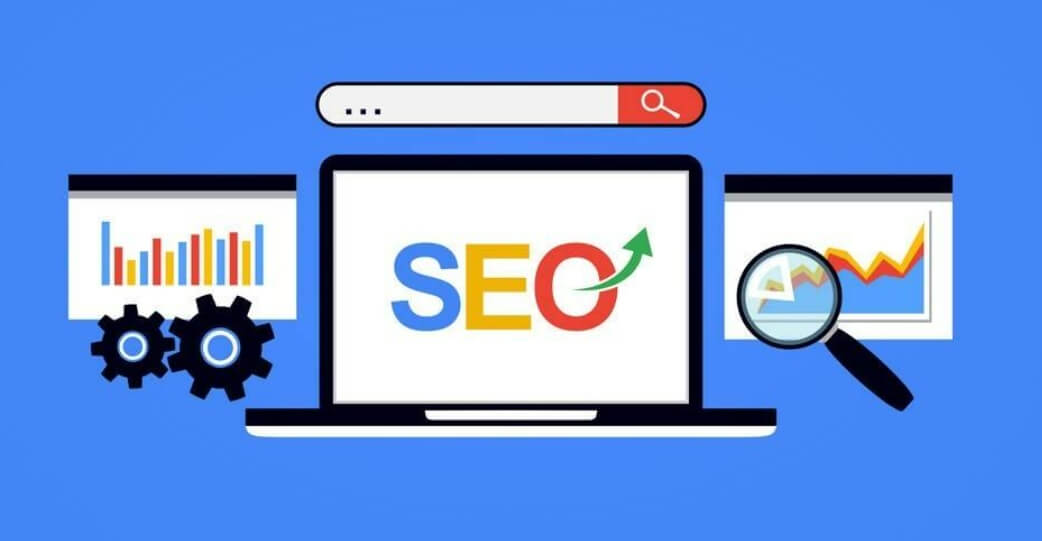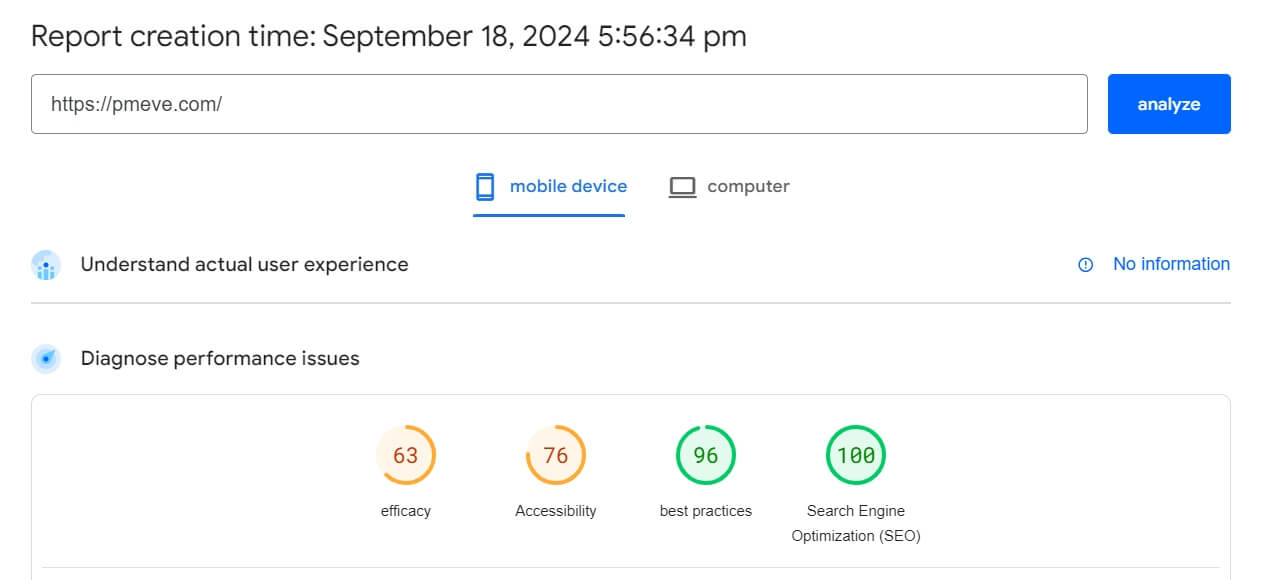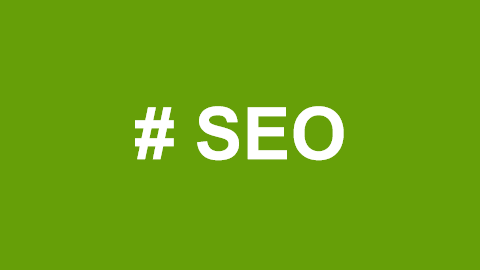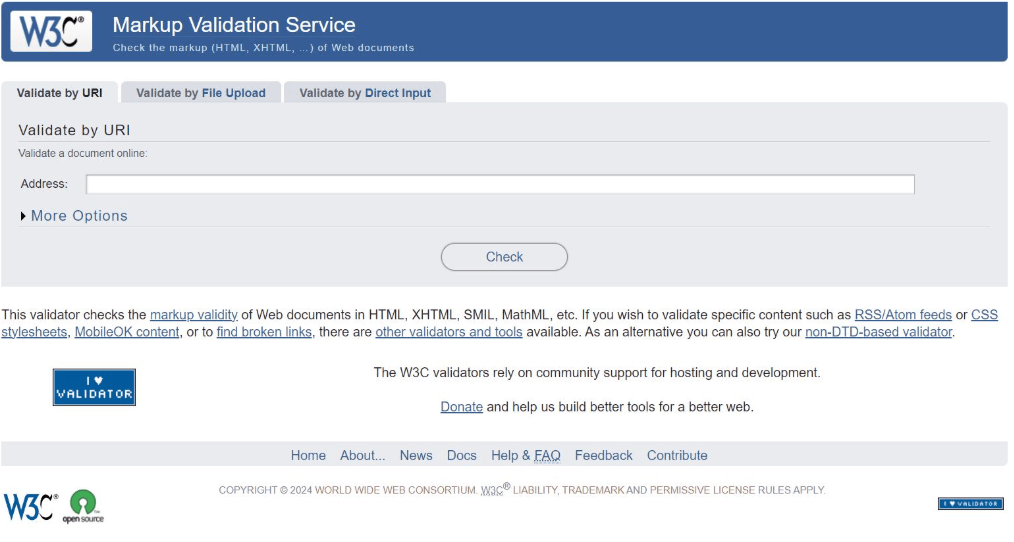SEO marketing, also known as SEO optimization, is a key strategy for driving free traffic to your website. In this article, you’ll dive deeper into understanding the meaning, types, and methods of SEO marketing to bring more organic traffic to your e-commerce site.
In the past, SEO marketing was often filled with keyword stuffing and clickbait titles, but today, the field has significantly improved and evolved.
To rank higher on Google and other search engines, your website content needs to align with the intent of potential visitors. Website SEO is about understanding how search engines work and how people use them.

What is SEO Marketing?
SEO (Search Engine Optimization) is a marketing strategy aimed at improving a website’s visibility on search engine results pages (SERPs). Techniques include keyword optimization, creating high-quality content, building links, improving website speed, and ensuring mobile compatibility.
Why is SEO Marketing Important?
Search engines are the primary way users discover websites. Therefore, whether you’re producing informative content or selling products, being visible in searches is crucial for running a successful website.
In the business world, 49% of shoppers use Google to research products they plan to buy in-store or online, while about half of consumers use Google to discover new products.
Considering this, e-commerce SEO is particularly important to help users find your website early and often in relevant searches. No matter how great your website is, if it ranks low in search results, visitors are unlikely to find you—it's that simple.
Types of SEO Marketing
SEO marketing can be divided into three main categories:
On-Page SEO
Off-Page SEO
Technical SEO
1. On-Page SEO
On-page SEO is the largest part of SEO marketing and involves optimizing the content on your website (text, images, and videos) to ensure that both visitors and search engines can understand and navigate the information.
Search engines look for on-page factors to determine content quality, which helps determine where your website ranks in search results. Key on-page SEO factors include content relevance, metadata, and the URL slug.
Content Relevance
Top-ranked pages in search engines contain content that closely matches the searcher’s intent. Therefore, you should consider what users are looking for when they enter a query, then provide the information or services they want.
Best practices for creating SEO content include offering original material, keeping it regularly updated to reflect the latest facts, and continually creating content relevant to your field.
Metadata
Metadata doesn’t appear on the page, so regular visitors won’t see it. However, it’s embedded in the page’s HTML code, allowing search engine bots to easily understand the content.
Keeping metadata complete and up-to-date significantly increases the chances of ranking higher. Metadata includes:
Title tags for naming the web page
Meta descriptions to summarize the content
Heading tags to structure the content and indicate topic depth
Robot tags to tell search engines whether to index the page and follow links
URL slugs
URL Slug
The URL slug is the part of the web address after the forward slash ("/"). For instance, the slug for this page is "seo-marketing."
Both search engines and visitors use the URL slug to understand what the page is about. Therefore, choose a slug that closely matches the page content and keywords.
2. Off-Page SEO
SEO marketing doesn’t just happen on your website. You can also take measures on other sites to improve your search engine ranking.
Off-page SEO focuses on building backlinks, meaning links from other websites that point to yours.
Backlinks
Google’s PageRank algorithm evaluates the number and quality of links between websites. Getting backlinks from reputable sites boosts authority and search rankings. Essentially, the more high-quality backlinks you have, the better your site will rank.
This system assumes that quality content will naturally be linked and shared by other websites.
Domain Authority
As your site continues to create content, build backlinks, and increase traffic, your domain authority will grow.
Domain authority is a measure search engines use to evaluate the trustworthiness of a website. The older and more reputable a domain, the more likely it is to rank higher for relevant keywords in search results.
3. Technical SEO
Technical SEO involves making changes to the underlying code of a website to improve search performance. This ensures that your site loads quickly, is easy for search engine crawlers to index, and is optimized for mobile devices.
Four Key SEO Marketing Strategies
Whether for a Shopify store or other types of websites, here are core SEO marketing strategies to improve your search rankings:
Keyword Research
Competitor Analysis
Link Building
Image Optimization
1. Keyword Research
Every page that appears in search rankings is associated with one or more keywords (also called search queries). The first step in any SEO marketing plan is identifying the keywords visitors are using to find your site.
Even if your product is innovative, if you're not targeting the right search keywords, customers may not be able to find your product online.
You can use SEO tools like Google Keyword Planner, Ahrefs, or Moz to perform keyword research. These tools will show which keywords can drive traffic to your site. Use this data to determine which keywords are most important for your site and explore new ones to target.
Ideally, keywords should be popular enough to generate traffic but not so popular that you're competing against larger companies with bigger budgets.
Use the tools mentioned above to identify keywords closely related to your site that you can realistically rank for.
2. Competitor Analysis
Once you’ve identified the keywords you want to target, the next step is to analyze the top competitors ranking for those keywords.
By understanding your competitors’ SEO strategies, you can create your own plan to improve your search ranking and eventually surpass them. Even smaller businesses can outrank larger competitors by producing highly relevant, comprehensive, and high-quality content.
A good starting point is identifying your competitors’ best-performing pages and understanding where their natural traffic comes from. For example, if a competitor's informative blog post attracts a lot of traffic, use it as inspiration for developing your own content.
3. Link Building
Though time-consuming, link building is a well-recognized method for improving search engine rankings. Securing backlinks from authoritative sites signals to search engines that your content is valuable.
Before implementing a link-building strategy, ensure that you’ve established profiles on social media platforms and local business directories. Basic links from these influential sites can improve your ranking in search engine results.
Next, pitch your business or product to relevant websites or media outlets used by your audience. If you have expertise in a particular area, you can write a blog post linking to your site. If all else fails, you could initiate a paid PR campaign.
4. Image Optimization
Although Google and other search engines primarily focus on text content, they also index images and media. Optimizing images can enhance your SEO while offering visitors better accessibility.
Start by incorporating descriptive keywords into image file names and writing helpful alt text for every image on your site. This provides search engines with another way to assess whether your images are relevant and valuable.
Next, make sure that the image sizes and file formats are optimized. Large images take longer to load, negatively impacting visitors' experience. Also, slow-loading images may cause search engines like Google to lower your site's ranking.



